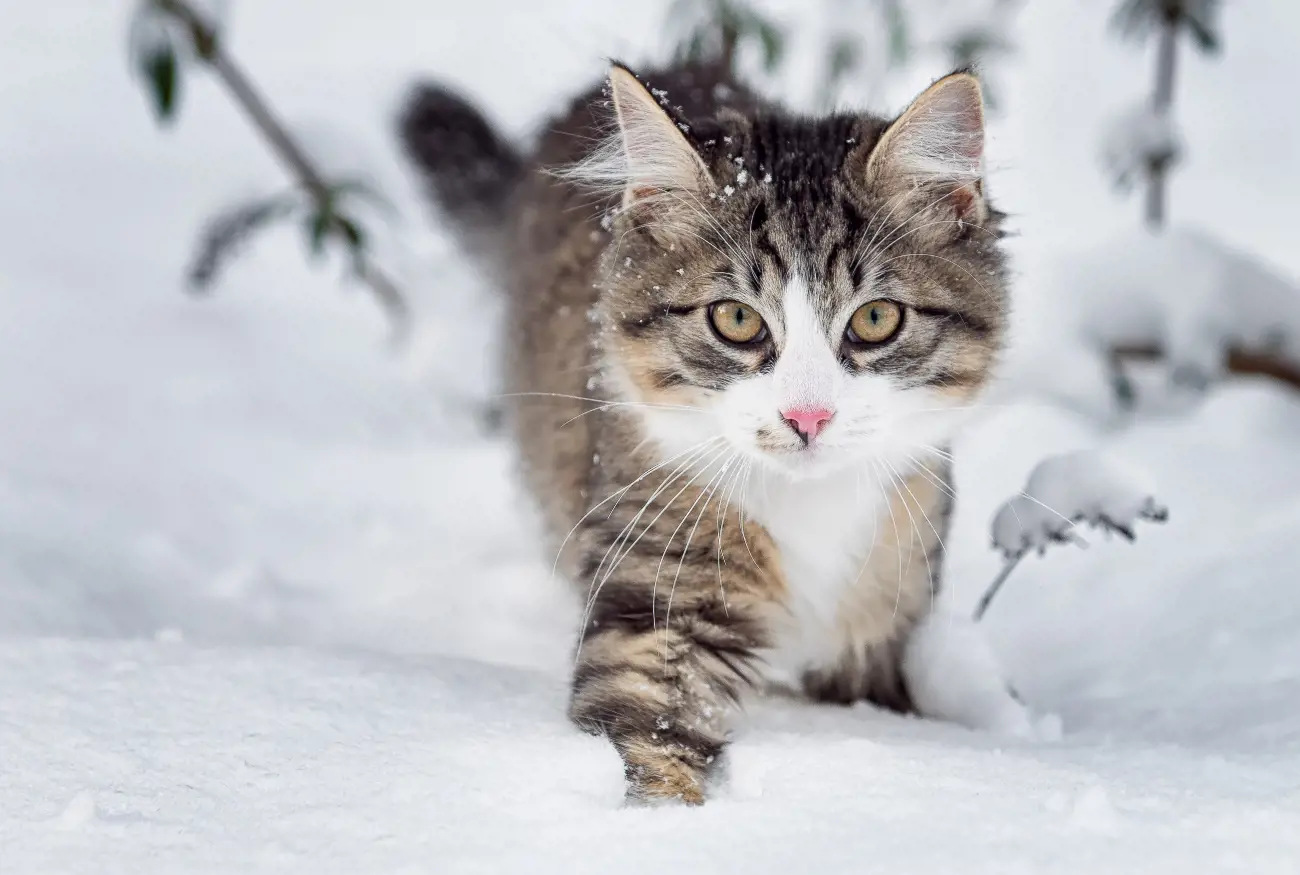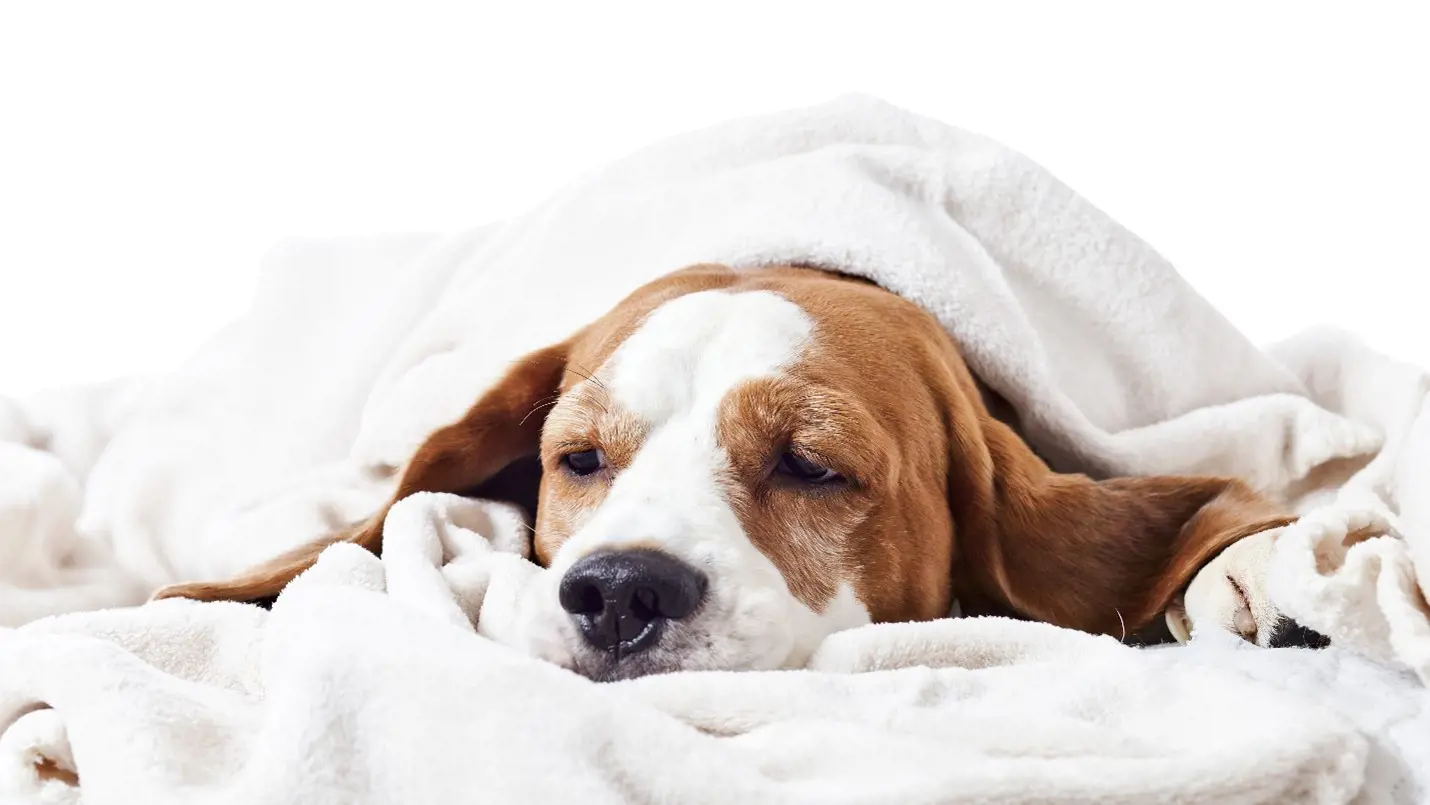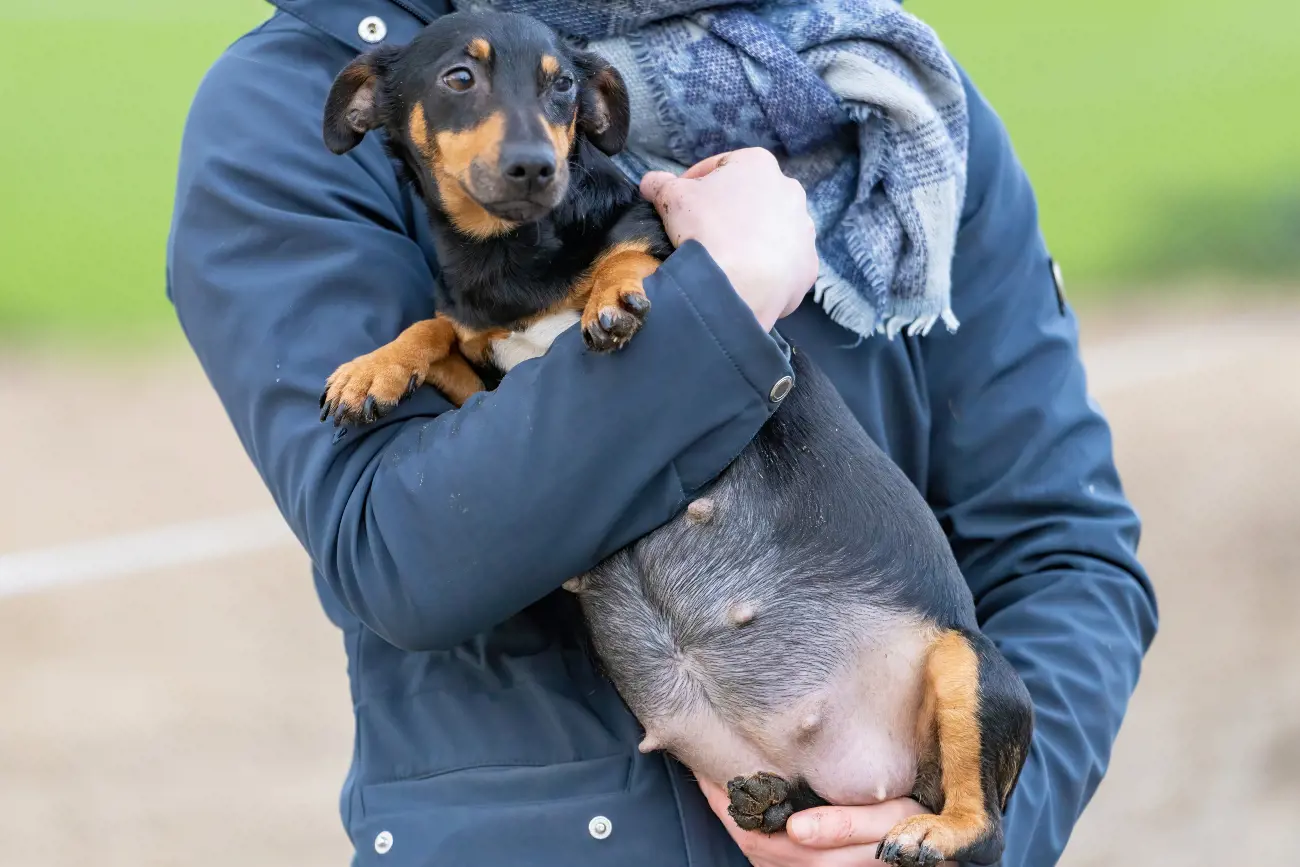An extensive guide to bottle feed an orphaned kitten
26th January, 2024
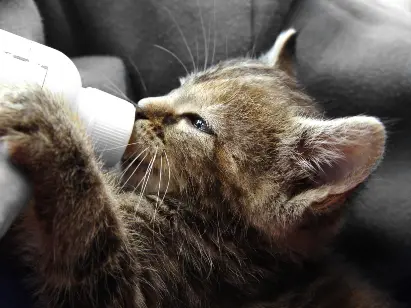
Discovering an orphaned kitten can raise numerous questions and concerns. Foremost among these is how to bottle feed an orphaned kitten. This comprehensive guide aims to walk you through the process, ensuring you have all the knowledge and tools required to care for your tiny cat effectively.
Understanding the importance of bottle feeding
Feeding an orphaned newborn kitten isn't as simple as giving it a saucer of milk.
Cow's milk doesn't have the appropriate nutritional content for kittens and could lead to digestive issues. Therefore, bottle feeding kittens with a specially formulated kitten milk replacement is necessary for the kitten's survival and healthy development.
This process, while rewarding, requires dedication and an understanding of the kitten's needs.
Necessary equipment for bottle feeding
To bottle feed an orphaned kitten, you'll need the following:
- Kitten nursing bottles or syringes: These are specially designed for kittens and can be purchased online or at pet stores. The nipple should be small enough for the kitten and should have a small hole to allow the milk to drip slowly.
- Kitten milk replacement formula: This is not regular cow's milk or human baby milk. It's a special formula designed to meet the nutritional needs of kittens.
- Heating pad: Kittens are unable to regulate their own body temperature in the first few weeks, so a heating pad can help keep them warm.
Preparing the kitten for feeding
Before feeding, ensure the kitten is warm, as this is essential for proper digestion. A kitten's body temperature should be around 37 to 38 degrees Celsius.
If the kitten feels cold, warm it gently using a heating pad. Never attempt to feed a cold kitten as it can lead to serious health complications.
Mixing the milk formula
Follow the instructions on the kitten milk replacement formula packet to prepare the milk. Once prepared, warm the formula to around 37 degrees Celsius.
You can do this by placing the bottle in a cup of hot water for a few minutes. Always test the temperature of the formula on your wrist before feeding the kitten to ensure it's not too hot.
The correct bottle feeding technique
When it's time to feed your kitten, position it on its stomach, similar to how it would lay next to the mother cat to nurse. Never feed a kitten on its back as it could lead to choking or aspiration.
Gently insert the bottle nipple into the kitten's mouth and allow the kitten to suckle at its own pace. If the kitten refuses to suckle, try gently stroking its back or forehead.
How much and how often to feed?
Feeding schedules depend on the kitten's age. Newborn kittens need feeding every two to three hours. As they grow older, around two to three weeks of age, they can be fed every four to six hours.
The amount to feed at each meal depends on the kitten's weight. A general guideline is that a kitten should eat about 8 milliliters (mls) of formula per ounce of body weight per day.
Monitoring kitten's weight and growth
Keep track of the kitten's weight gain and growth by weighing it before and after each feeding. A healthy kitten should gain about ½ ounce every day or 3 to 4 ounces per week.
By 8 weeks, most kittens weigh about 1 kilogram. If the kittens are not gaining weight or are losing weight, seek veterinary assistance right away.
The process of weaning
Weaning is the process of transitioning the kitten from formula to solid food. This usually begins around 4 weeks of age.
- Start by offering the kittens formula on a spoon, gradually adding a small amount of canned food.
- As the kittens adjust, increase the amount of canned food and reduce the formula.
- Always ensure fresh water is available throughout the weaning process.
Importance of hygiene and elimination
Young kittens are unable to eliminate on their own. After each feeding, use a soft, damp cloth to gently rub the kitten's lower belly and genital area, which should stimulate elimination. Also, ensure to clean any formula, urine, or faeces off the kitten after feeding.
Addressing potential challenges
Bottle feeding orphaned kittens can pose various challenges such as refusal to latch onto the bottle, overfeeding, and dealing with diarrhoea or constipation. If you encounter any of these issues, or if the kitten exhibits signs of distress or illness, seek immediate veterinary assistance.
The significance of kitten insurance
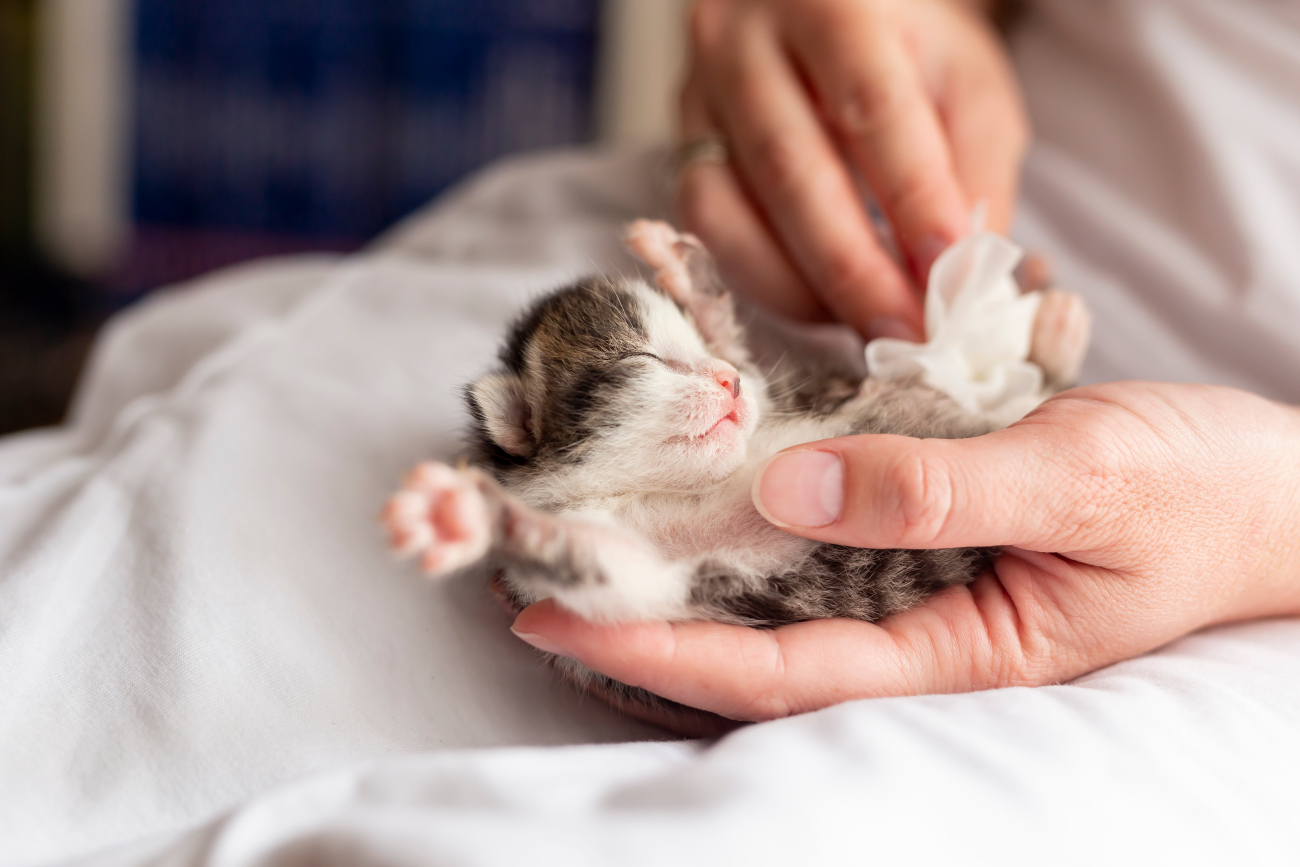
Caring for an orphaned kitten is a significant commitment, not just in terms of time and effort, but potentially in terms of financial cost as well. Kitten insurance can help cover the cost of veterinary bills if your kitten falls ill or gets injured.
To get a kitten insurance* quote for your furry friend, you can get a quote through our website. If you would like to talk to one of our cat insurance team, you can get in touch with us on 0330 102 5748.
By following these guidelines, you can ensure that your orphaned kitten grows into a healthy, happy cat. Remember, bottle-feeding an orphaned kitten is a labour of love, but the rewards are well worth the effort.
*It is important to note that we can only offer insurance cover from 8 weeks of age
Helpful Pages
Recent Posts

Why do Pugs lick the air?
02/10/24Pet Insurance Quote
- 98% claims paid *
- Claims paid directly to vets
- 24/7 vet video consultations
- Interest free monthly payments
